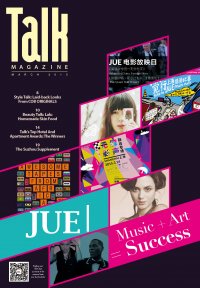Chinese New Year – What Does It Mean?

Chinese New Year has come around again with all the normal characteristics of a biting damp chill, noisy firecrackers, commercialisation, hongbao, an eerie ghost town like feel descending upon the city and an abundance of empty taxis on the road.
This year, Chinese New Year, also known as Spring Festival, falls on 19 February as it is based on the lunar calendar rather than the Gregorian calendar, and therefore falls on a different day each year. It is the most important holiday in the Chinese calendar and causes the biggest annual human migration in the world, as workers return home to their families for the holiday period.

Red is splashed everywhere during this period, with connotations of wealth, good fortune and longevity. The legend surrounding the myth of wearing red involved a mythical beast called the Nian (年) that would come on the first day of the New Year to eat crops, livestock and villagers. Locals put food in front of their houses at the beginning of every year in the hope that the Nian would eat the food they prepared and leave without harming anyone or anything else. One year the villages saw that the Nian was scared away by a little child wearing red. From that moment on, villagers hung red lanterns and scrolls outside their doors to scare away the beast; a tradition that continues until today.
Reunion Dinner

The biggest event of the Chinese New Year’s celebrations is the “reunion dinner” on Chinese New Year’s Eve, usually held at the most senior member of the family’s house. In the North, it is traditional to eat dumplings, which symbolise wealth, while in the South is it more common to make niangao (年糕), or Chinese New Year Cake. More traditional families will visit their local temple a few hours before the New Year begins, to pray, worship their ancestors and light incense, however, the temples can be very full and sometimes a ticket is needed in advance. A more recent traditional amongst Chinese households it to watch the famous CCTV New Year’s Gala, jam packed with celebrities and entertaining acts. Family members will also wear new clothes on New Year’s Day to symbolise new beginnings for the New Year.

Fireworks And Firecrackers

Fireworks and firecrackers are let off relentlessly during the Chinese New Year period; they are intended to drive away evil spirits, but they can also succeed in driving you insane. Each firework has its gunpowder rolled up in red paper, as, once again, red is auspicious. You won’t be able to walk anywhere during the holiday season without seeing rolls of red paper scattering the street like long snail trails. The whole process is seen as a joyful process. However, beware! There are many risks related to releasing these dangerous gunpowder filled missiles.
Hongbao

Hongbao (红包), or red envelopes, are also graciously handed out during this season according to a person’s status. The majority of hongbao are filled with an undisclosed amount of money from the more senior person to their junior - normally from more establish, older or married members of the family to a younger, unmarried subordinate. In addition, gifts of food or sweets are usually exchanged between friends.

